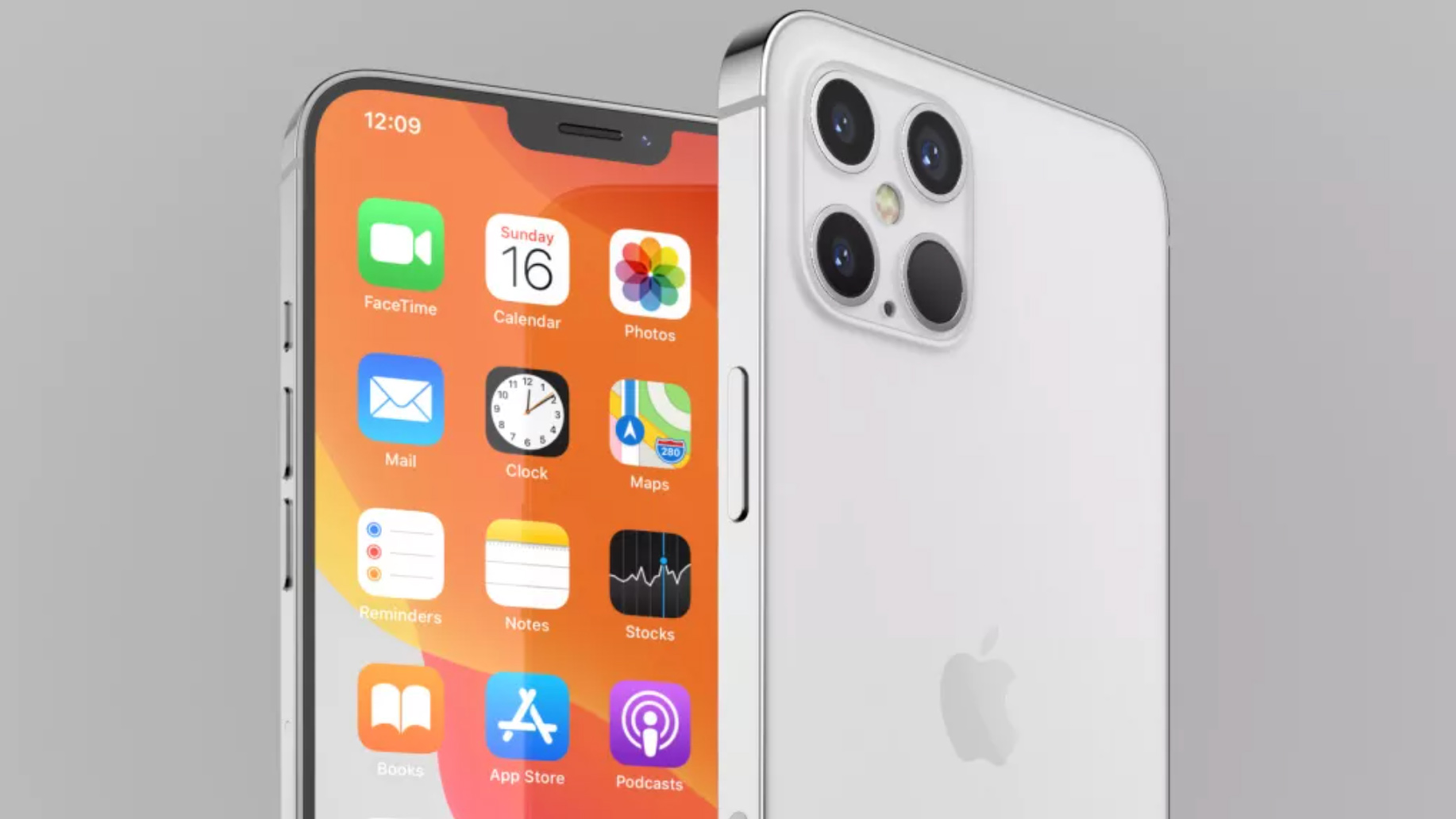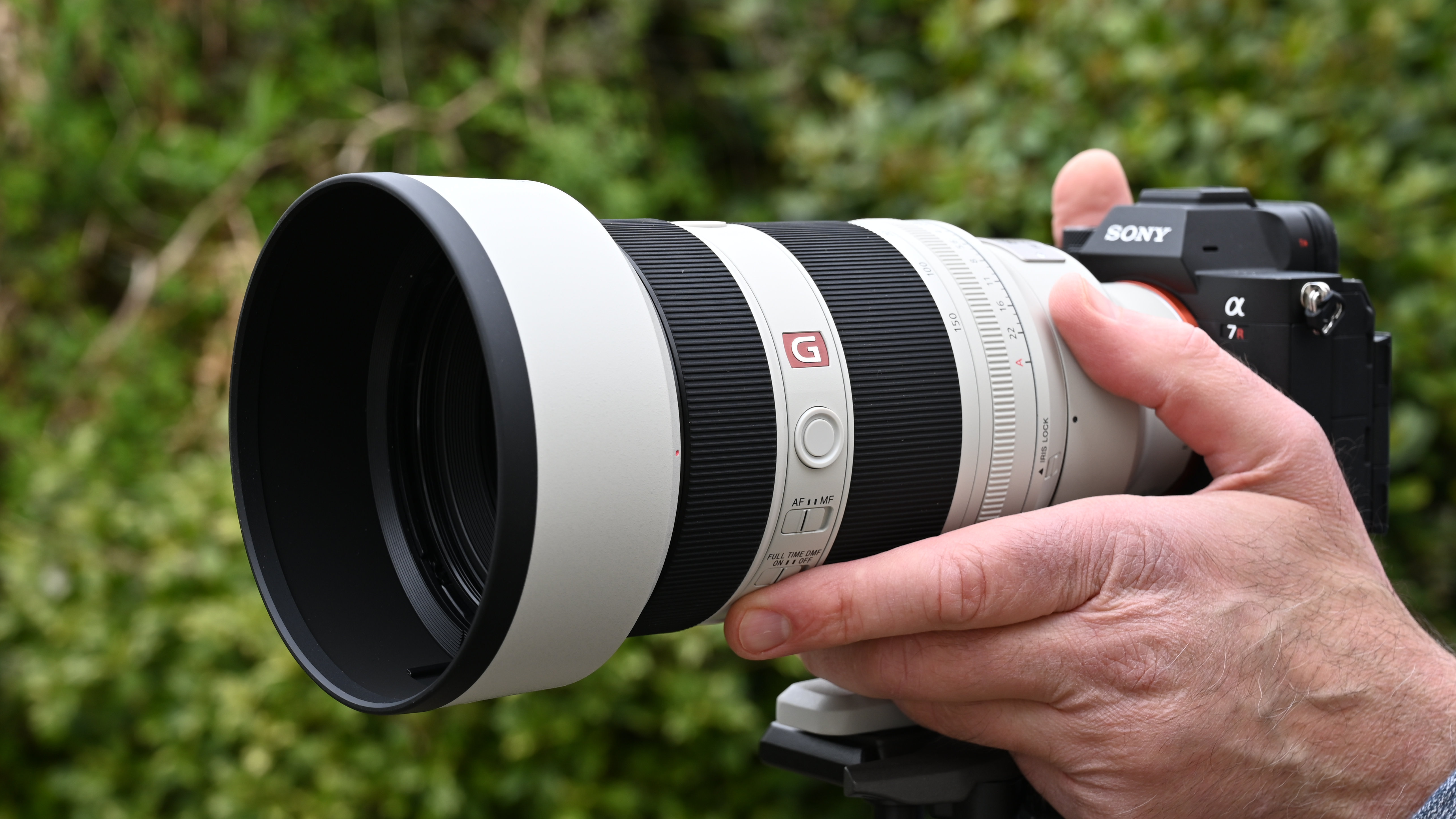iPhone 12 premium 5G models are already delayed?
The iPhone 12 mmWave 5G handsets are reportedly two months behind schedule – so when will we see them appear?

The iPhone 12 was initially expected to arrive on its traditional September release date, but over the past few months we've seen a swarm of speculation that some, or all, of the iPhone 12 family could actually be arriving much later. The iPhone 12 collection is rumored to include two models that run sub-6GHz 5G and two premium handsets that have the superior mmWave 5G.
The difference between these forms of 5G basically comes down to speed. While both are much speedier than the 4G speeds we've been used to, mmWave has the potential to offer speeds of 5.0 Gbps or faster. However, the downside to mmWave is that the frequency is much more easily blocked than sub-6GHz.
• Read more: iPhone 12: Everything you need to know
This has lead to difficulties regarding the mmWave antenna, as there have been previous reports that suggested that Apple had to redesign where the antenna was housed in the iPhone 12, due to issues with the signal being blocked too easily.
While we can't be 100% certain that this is what has caused the delay, it does seem likely that it's had some kind of impact – especially when combined with the coronavirus pandemic that has caused significant manufacturing delays for many companies. According to GSMArena, the mmWave iPhone 12 is about two months behind schedule. However, it also appears that the sub-6GHz is also running late by about one month as well.
There have been reports that the final iPhone 12 assembly could be delayed until early October, which means that we could be seeing the iPhone 12's official launch in November.
Read more
Get the Digital Camera World Newsletter
The best camera deals, reviews, product advice, and unmissable photography news, direct to your inbox!
Best iPhone for photography in 2020: from the iPhone 7 Plus to 11 Pro
Best camera phone in 2020: which is the best smartphone for photography?
Best phone cases in 2020: protect your camera phone in style
With over a decade of photographic experience, Louise arms Digital Camera World with a wealth of knowledge on photographic technique and know-how – something at which she is so adept that she's delivered workshops for the likes of ITV and Sue Ryder. Louise also brings years of experience as both a web and print journalist, having served as features editor for Practical Photography magazine and contributing photography tutorials and camera analysis to titles including Digital Camera Magazine and Digital Photographer. Louise currently shoots with the Fujifilm X-T200 and the Nikon D800, capturing self-portraits and still life images, and is DCW's ecommerce editor, meaning that she knows good camera, lens and laptop deals when she sees them.

